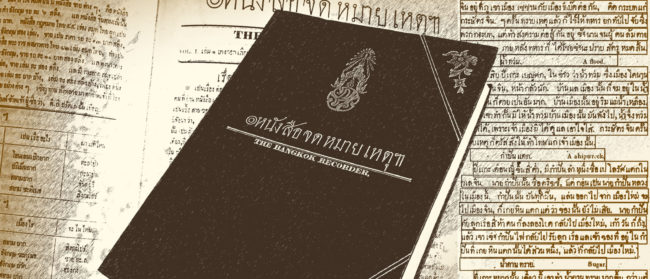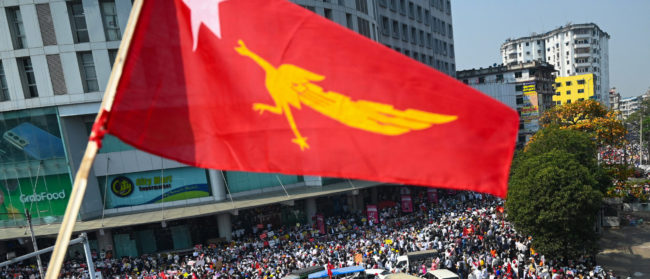The Seattle headquarters of Boeing can lay claim as the unlikely place of inception for the Vietnamese national bobsled team.
It was there, running on a treadmill in the gym of the aerospace company’s base in the northwestern US city, that Boeing employee Nguyễn Dân An watched skeleton competitors at the 2014 Sochi Winter Olympics hurtle down an icy track headfirst on a small sled at 130km/h.
“I saw that I and I was like, ‘Oh, that’s something I could do and I might do well in too,'” he told the Globe.
A country characterised by its balmy heat, bobsledding isn’t the first thing that comes to mind when one thinks of Vietnam. But in a story of seemingly contradictory elements and disparate cultures, since that day in 2014 An has been a mostly one-man force driving the establishment of Vietnam’s first-ever bobsledding and skeleton team.
“Along the way, through training and through the administrative process trying to establish the Federation I hit a lot of roadblocks to the point that I just wanted to give up,” An said.
But that effort is paying off. Bobsled and skeleton were accepted into Vietnam’s skating federation last summer, a prerequisite for competing in the Olympics. A motley crew of aspiring Olympians, the team is assembled of top athletes from various fields, most of whom are marking their debut to winter sports in the cockpit of the bobsled or atop a skeleton sleigh.
If Vietnam’s bobsledders make it to the 2022 winter Olympics, it will be the country’s first time at the winter games. To secure a place, the crew needs to be in the top percentage of teams based on the 2021-2022 world rankings by January 16 next year. In order to build up the points needed to meet this threshold, they need to race in international competitions this winter.
“A lot of the people who do really well in the Olympics, they’ve been driving for somewhere between three to five years. Most of the people in the team, this will only be the start of their second year driving,” said bobsleigh pilot Daniel Klausz, of Hungarian and Vietnamese descent.
“Because of that I would say it’s kind of a long shot, but we’re still working our hardest.”
Whether or not the team makes it into the 2022 Olympics, they’ve already made history obtaining silver and bronze medals for Vietnam in a qualifying tournament in Pyeongchang, South Korea in February, as well as paving the way for the future by having an official federation in place.
Working as the team leader and participating as a pilot, An has assembled a crew of eight Winter Olympic hopefuls. These are athletes of various stripes, including powerlifters, weightlifters, a track and field star, one of the country’s top motorcycle racers and one athlete who has been trained in skeleton in the US.
They are now spread across Ho Chi Minh City, Pyeongchang, California and Seattle, with plans to regroup in South Korea next month to continue training together before competing in the North American circuit.
“It takes a lot of guts to do it. Even today, every time I get in that cart and push it down that track I’m still nervous,” An said. “You’ll never be comfortable in that thing.”
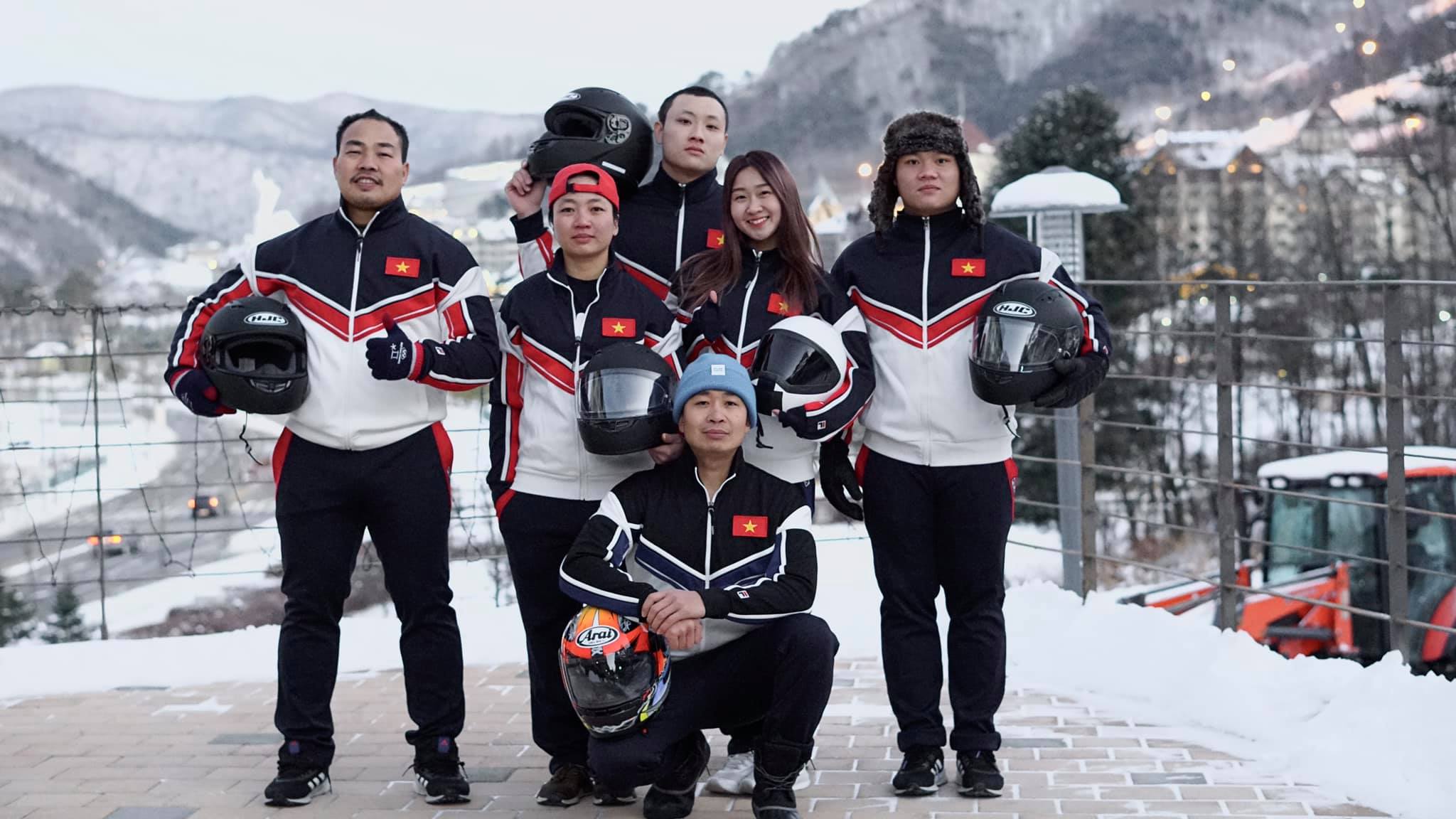
An was born in 1976 in the aftermath of the American War in Vietnam. He grew up on a farm in Long Xuyen, a city in Vietnam’s Mekong Delta region that he described as “way down south”.
“Right after the war, life was really tough,” he said. Growing up in poverty, An’s parents wanted to give him and his younger brother a better life so they sent the boys, accompanied by their uncle, to the US by boat when he was just 12 years old.
The journey wasn’t easy. Having run out of food and caught in a storm they likely couldn’t have survived on their own, a Dutch shipping vessel headed to Hong Kong was able to take them on board after four days lost at sea. After spending a year in camps in the Philippines and Hong Kong, where hundreds of thousands of Vietnamese refugees fled in the post-war years, they arrived in the US where An and his brother would grow up in government housing in Seattle with their uncle’s family.
It sounded so easy at that time. [But] I went back to Vietnam and even the people of Vietnam told me this is impossible to do. They told me bluntly, ‘Dan, you cannot do this, it’s impossible’
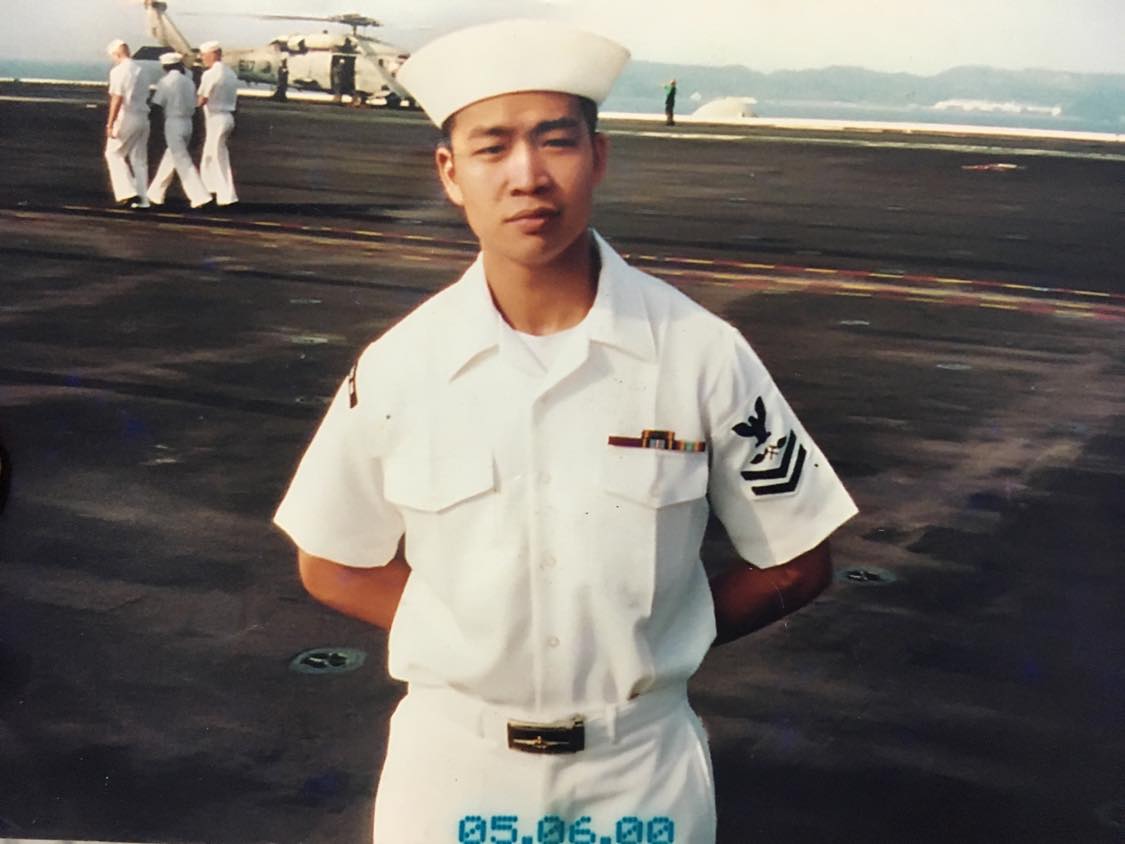
An would be on active duty in the US military from 1997 to 2006, but by that day in Boeing’s gym, then in his late 30s, he was just attempting to get back in shape.
He would narrowly miss the fitness requirements to join the United States bobsled team, but a coach would encourage him to create a Vietnamese federation for the sport. This seemed a simple and appealing proposition at the time but would turn out to be a gargantuan undertaking.
“It sounded so easy at that time,” An said. “[But] I went back to Vietnam and even the people of Vietnam told me this is impossible to do. They told me bluntly, ‘Dan, you cannot do this, it’s impossible.'”
The guidelines set up by the Vietnamese government are steep. To establish a federation in Vietnam you must have 50 athletes involved in the sport, a bar so high that An asserted that it couldn’t even be met in the US where sliding sports are well-established.
An decided to go back to the States and build himself up as an athlete in order to make him, and the sport, a more attractive candidate to support.
“In Vietnam, you have to show results to get support,” he said.
Returning to the US, he signed up for powerlifting competitions, becoming a state and regional champion in his weight class. An also joined skeleton school, finishing at the top of his class. In the winters, he’d take time off from his full-time job at aerospace company Boeing to practice on the two tracks available on the western side of North America.
“I used my vacation time to go to training. Every two weeks I would go to these tracks for four days, train for four days and then after training I would fly home on Sunday and then get back to work on Monday. I did that for three years,” he said. “That’s what I had to do. I had to prove to them that I’m still capable.”
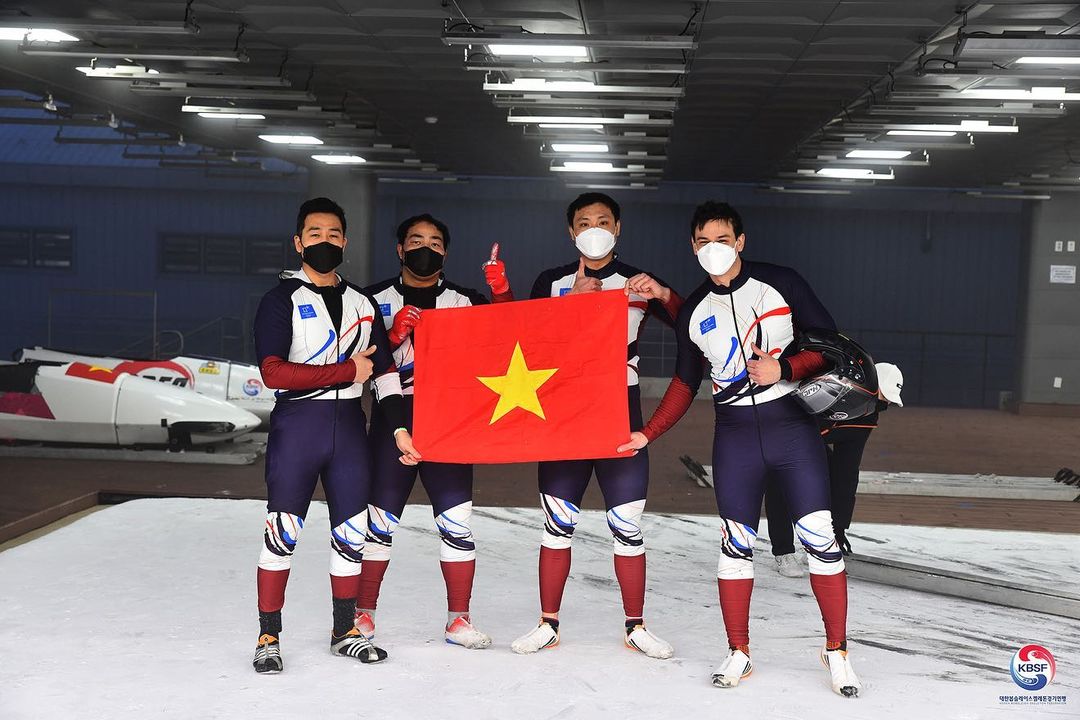
The team got its first break in May 2020, as the deadline approached to be part of a federation to compete in the 2022 Olympics. It was that month that An got a call from Arram Kim in South Korea, who runs a programme to promote Southeast Asian athletes in the Winter Olympics called the New Horizon Sliding Champions.
“Out of the blue, Mr Kim contacted me and told me that he would help me,” An said. “He would help with funding for the athletes within the sport. With that being done first, the Vietnamese government would provide more support and let me establish a federation.”
With the bobsledders now having financial backing, they were allowed by members of the Vietnam Skating Federation to join – giving them the chance to compete at the 2022 Olympics.
“With us also in ice sports, we were granted to piggyback on that skating federation,” An said.
In September, the group of athletes came together in Pyeongchang, most of whom were sampling bobsledding and skeleton for the first time.
“The first time I felt like, oh wow this sport is so great – it’s like a roller coaster,” Lê Khương Anh Tú, a former powerlifter and current brakeman with the team, told the Globe of his first experience. “Everybody wanted to play like we were on a rollercoaster everyday.”
In this sport, you can’t be afraid of speed, you can’t be afraid of crashing. You have to be tough. Knowing that this girl [Trang] had competed along with men and beat them, I knew she was going to be good
For some of the Vietnamese athletes joining the bobsledding team, it felt like a long shot to enter a sport they’d never heard of before. Even once they themselves were sold on bobsledding, their families and friends balked at the dangers of the sport and the idea of competing in such cold weather.
Tú found the first thing that comes up when you search bobsledding are dramatic crashes.
“I had no idea about bobsledding,” said Tú. “Everybody says, ‘Are you crazy for doing this sport?'”
Speed and strength characterise the small group of athletes An has brought together. The team includes a female powerlifter from Saigon Nguyễn Mỹ Châu, who will join Trang as a brakeman; pilot Klausz; and two more brakemen – powerlifter Trần Văn Quí, and 11-time SEA Games weightlifting champion, Trần Văn Hóa.
An also got in touch with track and field star Nguyễn Vân Khánh directly to try his best to encourage her to give skeleton racing a chance.
“He kept texting me everyday,” she said. “You are perfect for this sport … You can take a ticket and go to the Olympics,” she remembered of his messages. After doing her own research, she headed to Pyeongchang with the group in September 2020.
But the first athlete An recruited for the squad was a Vietnamese national champion in motorcycling racing, Trần Thị Đoan Trang. She also had no prior knowledge about skeleton and bobsled, but having started motorcycle racing in 2016 just after the competition allowed women to enter, Trang was quick to build up accolades atop a sleek racing bike.
“I had only practiced for half a year and I joined the competition and I won four cups in one month,” Trang said.
It was just this sort of athleticism that An was after. Having promised her dad that she wouldn’t participate in dangerous sports anymore, it took Trang a while to decide to join the team. Eventually being given her father’s support she met An in Saigon four years after their initial internet exchange.
The two had made a pact that when they met face to face they’d race. The two headed to a go-kart course, where Trang came out the victor.
“In this sport, you can’t be afraid of speed, you can’t be afraid of crashing. You have to be tough. Knowing that this girl [Trang] had competed along with men and beat them, I knew she was going to be good,” An said.
Despite her collection of medals in motorsport, the significance of the opportunity is clear for Trang.
“If I can represent Vietnam it will be the proudest thing I can ever do in my life.”

